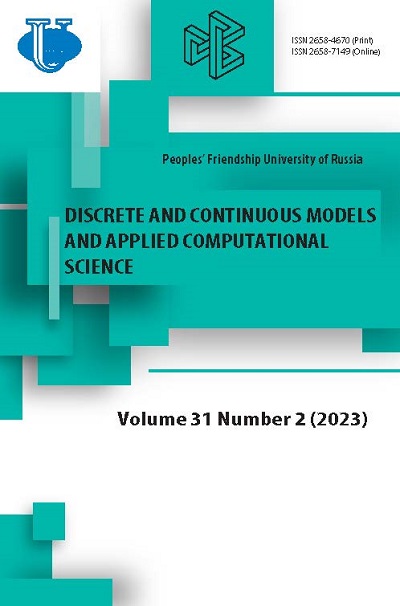Full Text
1. Introduction The problem of stability loss in a beam under longitudinal load (buckling) in the range of inelastic strains is actual and important from many points of view such as sports (pole vaulting), civil engineering (bridges, truss constructions), aeronautics, robotics and elsewhere the requirements of a small weight and large strength are imposed on structural elements been designed [
1]. Fatigue of materials, lowering the proportionality and elasticity limit due to the Bauschinger effect in periodically tensile and compressed elements, hysteresis etc. - all that results in falling of initially secure loads time into the zone of serious risk of buckling. Therefore, beginning from the pioneering work of F.R. Shanley [
2] considered so called tangent and reduced moduli approaches [ibid], Euler’s problem in inelastic range attracts more and more researchers - from engineers dealing with material strength to pure mechanicians and mathematicians dealing with bifurcations, nonlinear phenomena etc. Of course, modern models of buckling are 2or even 3-dimensional and they take into account not only bending shift component but a shear one too. To take all this into account the finite-element modeling (FEM) is widely used and it is implemented in the commercial software package ABAQUS (see e.g. [
3-5]) and similar software. Many features and peculiarities both in thick so called Timoshenko beams [
6] and in sandwich/fiber-composite/lattice/C-columns (see [
7-9]) etc. are explained well in these multidimensional models. The problem is studied in university courses of material sciences within a plane cross-sections hypothesis which leads to simple one-dimensional (1D) Euler ordinary differential equation (ODE) of the II-nd order. However, the attention is paid mainly to moment of arising of the phenomenon itself and its possible shapes for various ways of a beam fixation. Unfortunately, the linearized Euler ODE coupled with boundary condition (BC) on the beam ends looks like a classical eigenvalue problem with unstable higher modes corresponding to higher eigenvalues too. This ODE is similar to the Schröedinger equation for 1D particle in a potential well with infinitely high walls. This similarity misleads the students to the wrong conclusion that the non-zero solution of the ODE exists only for a set of “resonant” axial loads
About the authors
Physical-Technical Institute named after A.F. Ioffe of RAS
Author for correspondence.
Email: v.chistyakov@mail.ioffe.ru
ORCID iD: 0000-0003-4574-0857
Scopus Author ID: 44461256400
ResearcherId: F-9868-2016
Candidate of Sciences in Physics and Mathematics, Senior Researcher of Laboratory of Physics of Rare Earth Semiconductors
26, Politekhnicheskaya St., Saint Petersburg, 194021, Russian Federation
Physical-Technical Institute named after A.F. Ioffe of RAS
Email: serge.soloviev@mail.ioffe.ru
ORCID iD: 0000-0002-9019-7382
Scopus Author ID: 7101661580
ResearcherId: D-5128-2015
Candidate of Sciences in Physics and Mathematics, Leading Researcher (Head of Laboratory) of Laboratory of Physics of Rare Earth Semiconductors
26, Politekhnicheskaya St., Saint Petersburg, 194021, Russian Federation
















